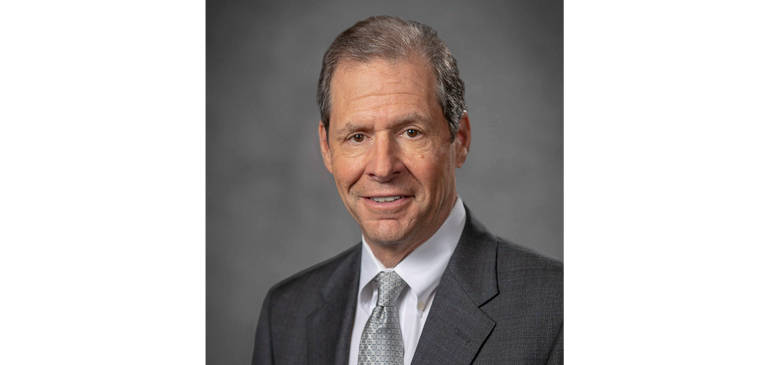This month’s special issue of the Bulletin focuses on overcoming the barriers to care. In the pages of this issue, you will read more about how overcoming racial, socioeconomic, and geographical barriers supports high-quality imaging care and vibrant practices. Barriers to care include health disparities. Health disparities are defined as differences that exist among specific population groups that prevent their attainment of their full health potential. These disparities can be measured by differences in incidence, prevalence, mortality, burden of disease, and other adverse healthconditions.1 Here are some examples:
- Latinx/Hispanic and Black women have higher rates of cervical cancer than other racial/ethnic groups; Black women have the highest death rates from the disease.
- American Indians/Alaska Natives have higher death rates from kidney cancer than any other racial/ethnic group.
- American Indians/Alaska Natives have the highest rates of liver and intrahepatic bile duct cancer, followed by Latinx/Hispanic and Asian/Pacific Islanders.2
One of the most consistent findings in health disparities literature is that place matters. Research shows that there are systematic disparities in morbidity, mortality, and other measures of well-being across different areas of the country — even across small areas that lie relatively close together.3
Although significant progress has been made in narrowing the gap in health outcomes, there is considerable work to be done. Radiologists are in a unique position to lead efforts to address health disparities and accommodate the needs of diverse patients. Medical imaging utilization continues to increase as imaging becomes the standard of care for diagnosis, intervention, and therapy. Radiologists stand as an important point of contact and source of data for the growing number of people we serve. Anywhere there’s a gap or a need in our healthcare systems, that’s an opportunity for us to collaborate with our patients, colleagues, and community stakeholders.
The ACR is in the midst of planning to convene the Radiology Health Equity Coalition. Gratefully, ACR BOC Vice Chair Jacqueline A. Bello, MD, FACR, has agreed to champion the effort. ACR President Geraldine B. McGinty, MD, MBA, FACR, will be sharing an update on coalition progress during the presidential address at ACR 2021. The ACR will be the convener to launch and coordinate this effort. However, this will not be branded as an ACR-specific program. In fact, even at this nascent stage, we have been reaching out to other organizations who might choose to help organize and participate. Longer-term, we anticipate broad participation and leadership from across the radiology community. For the ACR, the goal to strive toward health equity should not, and will not, be about partisan or identity politics. This is about our moral obligation as physicians and radiologists. This is about standing up for our patients and their individual needs. Health equity is also a significant opportunity to declare that radiology can make a difference. We hope you will join us in taking action and participating in this movement occurring across all of medicine.

